English
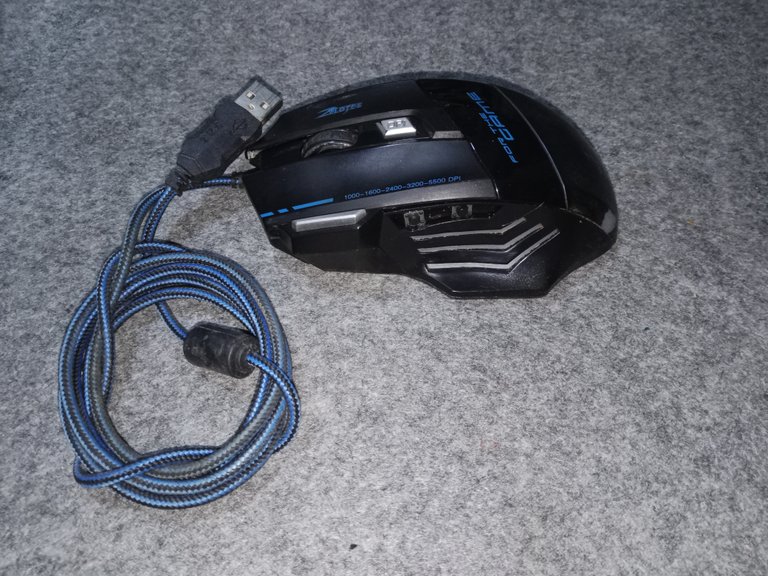
Greetings to the Hive DIY community, hoping that you are doing your best working on your projects, creating, inventing in each of your workshops.
Taking advantage of the fact that I have been improving, I can now settle back in for a while to work in my workshop, and soon I hope to be able to do more complicated jobs.
On this occasion I share with you how I carried out the repair and recycling of my faithful and beloved gaming mouse.

It is a six-button Zelotes economic range gaming mouse, which I had forgotten in a pending drawer in the workshop, waiting for the opportunity to put it back into service.
The left button was no longer activating correctly, buttons four and five (the side buttons) were also not working correctly or were not activating.
Gaming peripherals are subject to greater wear and tear, they need to be more robust to withstand the load, so they deteriorate more quickly, especially if there are flaws in the design of the parts.
Disassembling it is not particularly complicated, they usually have two or three hidden screws at the bottom and a couple of tabs that complete the fit of the covers.
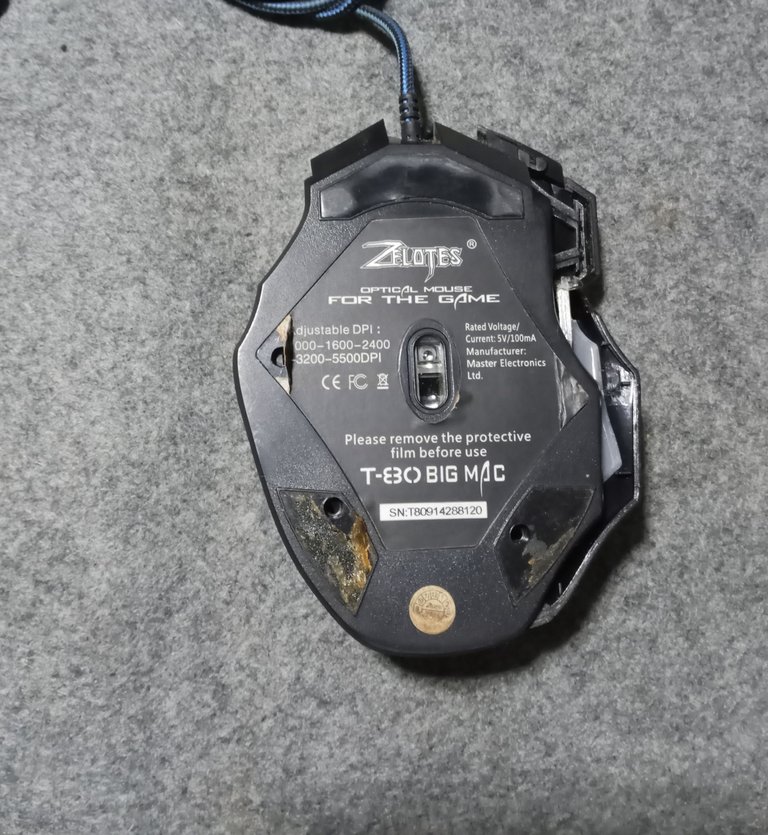
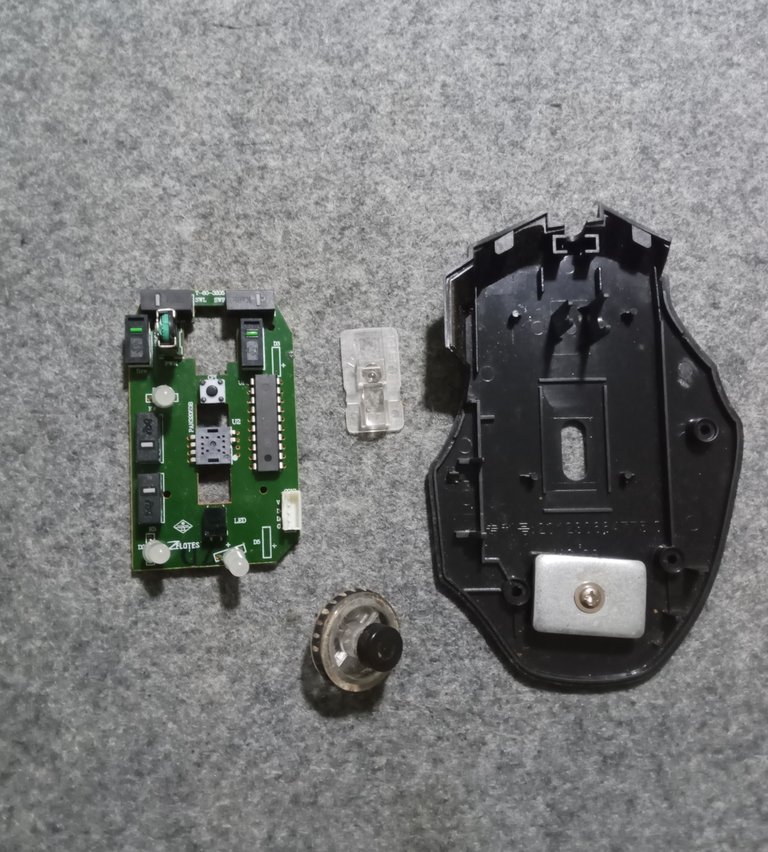
I changed the switch that was failing.

I rescued some mice that I have to recycle in the warehouse, a right push button switch, (which is the least used)

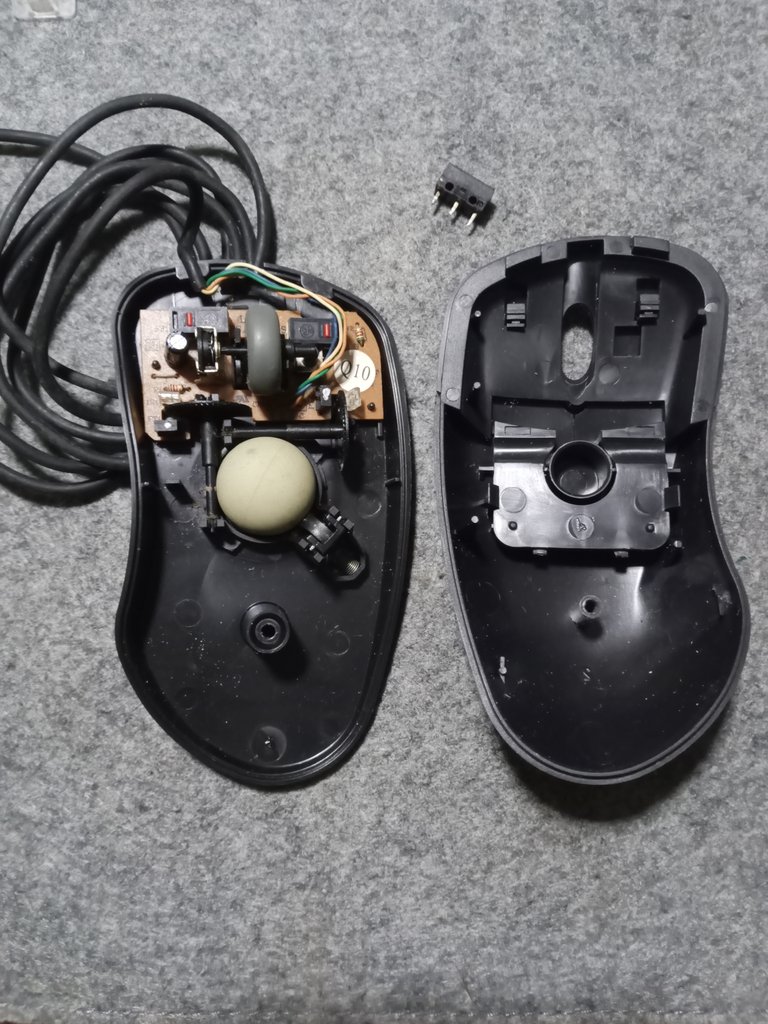
In these switches, only the two terminals below the push button are used.
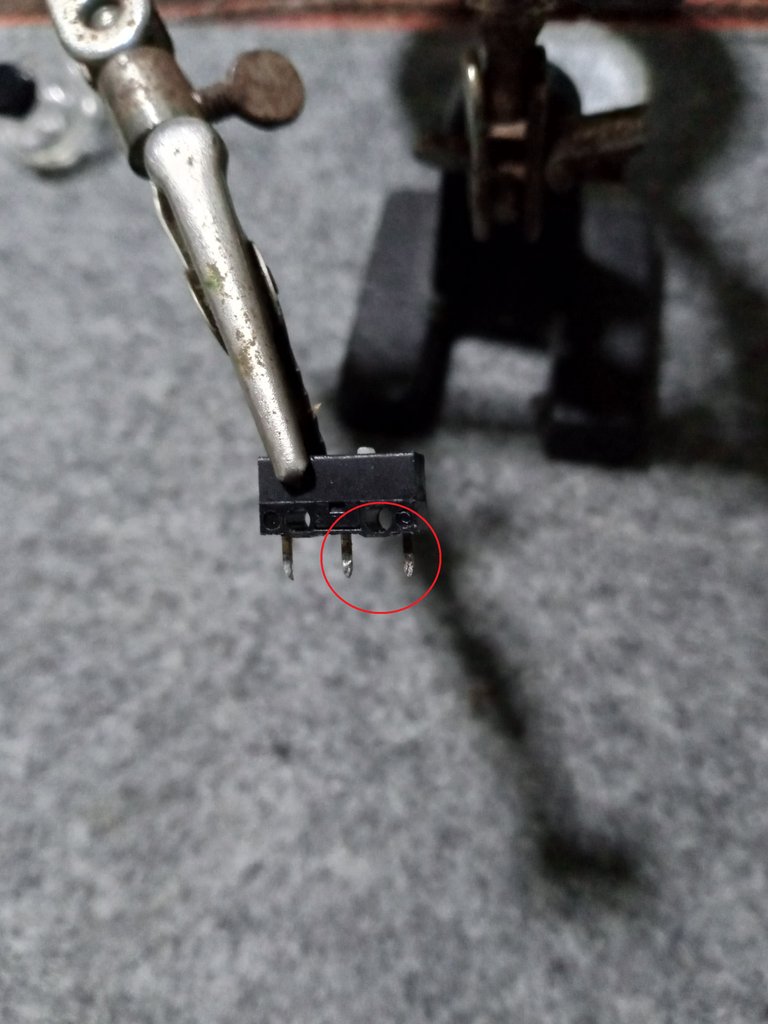
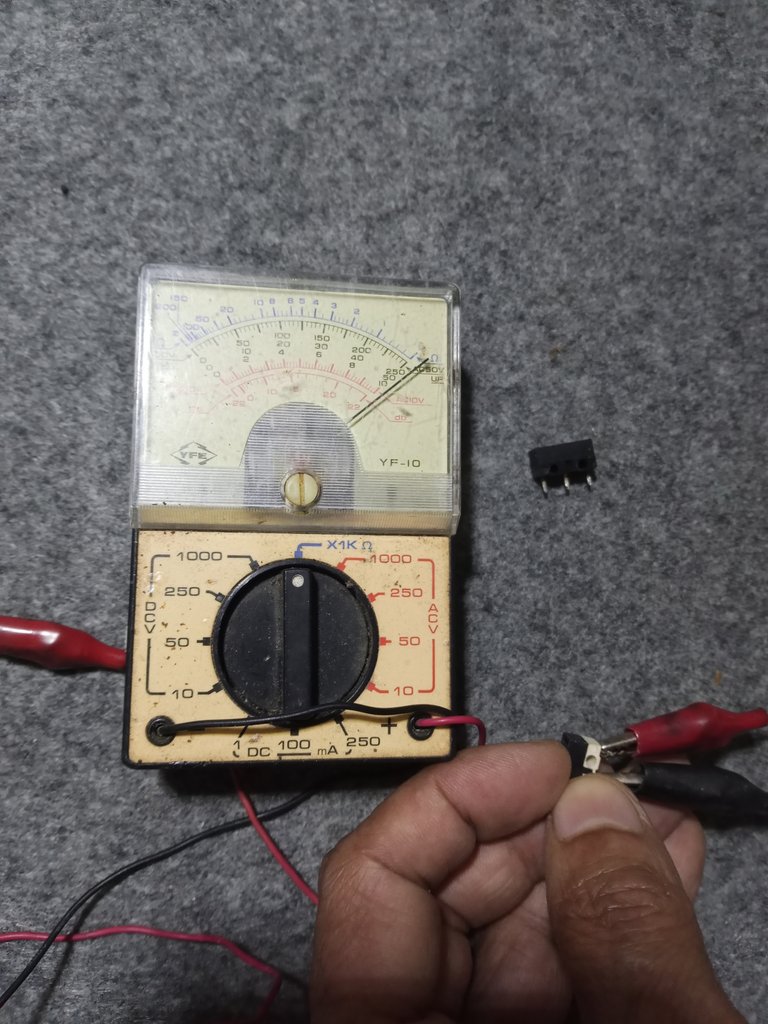
Having passed this point, we go to the main problem of this mouse, which are the side buttons.

I tried various solutions to no avail, but once the plastic became deformed due to use or wear, I couldn't make it work accurately.

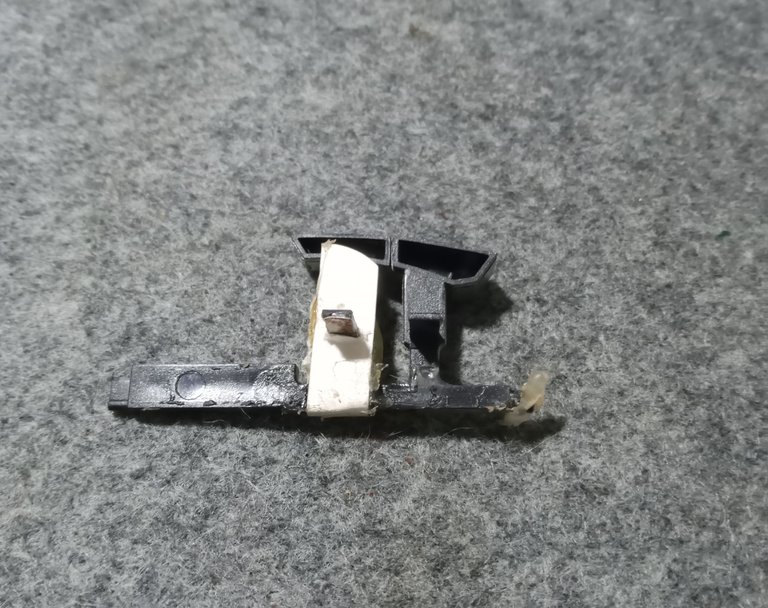
There were several attempts that failed, so I changed the approach, so I placed the buttons on the case without helping myself with the levers or plastic extensions.
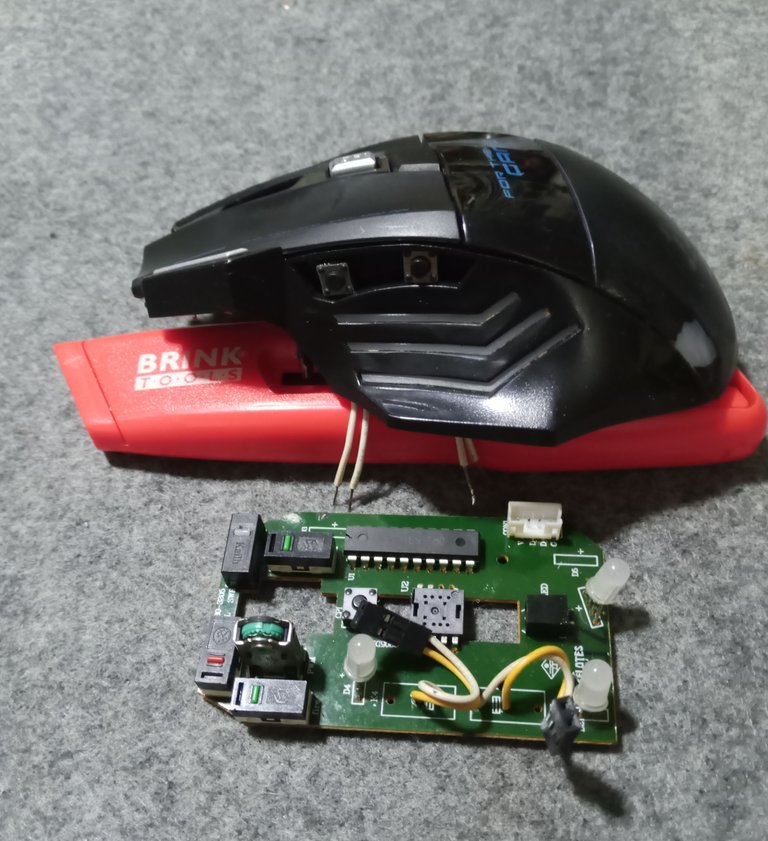
I used the plastic that I recycled from a VHS tape box to make the internal support and a couple of buttons that I recovered from discarded electronic cards that I had in the workshop warehouse.
To be able to easily separate the covers from the electronic board, use the LED connectors from an old computer case soldered where the original mouse switches used to be.
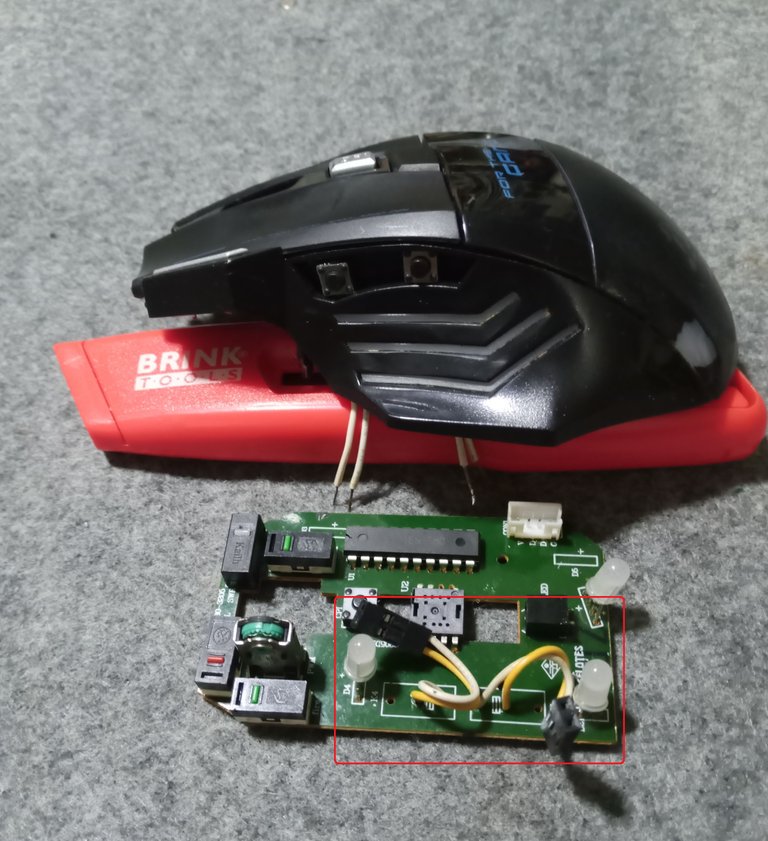
I wanted to place a button on the buttons for convenience, but when testing it I didn't see it as necessary, they feel good and I can activate the switches without problems.
It has been entertaining, but I admit: it took me a lot more time and effort than I thought it would take to get it ready again.
It is easier than if the mouse breaks, to go to the store or order another one, but in my case I try to recover the objects and try to give them a new chance.

Image's Source - Image Source
That's what my workshop is about: restoring, recycling and recovering objects, our environment cannot sustain consumption at the level we have today. Despite the actions being taken to reduce waste, excessive consumption must be reduced a little more.
We have only one world that we must care for and love, obviously: there are things that cannot be recycled and in fact there are things that should not be recycled by ordinary people.
The microwave magnetron, for example, which has very toxic components that should not be handled by untrained people and without the appropriate equipment.
But there will always be something we can do, and no matter how little it may seem like one person's contribution, it is already something that is done for the future of our world.

Image's Source - Image Source
Thank you very much for spending a moment and reading me.
Have an excellent week.
Peace.
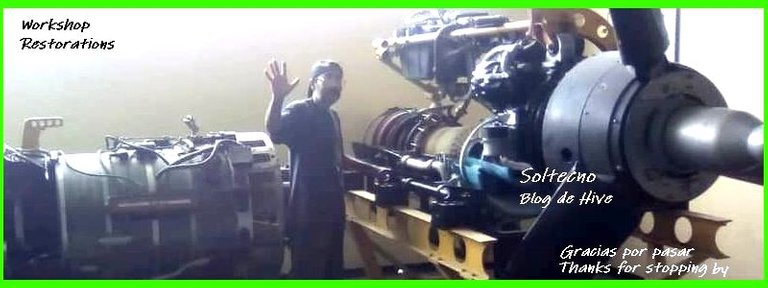
Images unless noted are screenshots of my work in the workshop.
I have used Google translator for the English language.
Español

Saludos a la comunidad de Hive DIY, esperando que estén lo mejor que sea posible trabajando en sus proyectos, creando, inventado en cada uno de sus talleres.
Aprovechando que he estado mejorando, ya puedo volver a instalarme por ratos a trabajar en mi taller, ya pronto espero poder hacer trabajos más complicados.
En esta ocasión les comparto como lleve a cabo la reparación y reciclaje de mi fiel y querido ratón de juegos.

Es un ratón para jugar de la gama económica marca Zelotes de seis botones, que tenía olvidado en un cajón de los pendientes del taller, esperando la oportunidad de volverlo a poner en servicio.
El botón izquierdo ya no se activaba correctamente, los botones cuatro y cinco (los botones laterales) tampoco estaban funcionando correctamente o no se activaban.
Los periféricos de juegos están sometidos a un desgaste mayor, requieren ser más robustos para soportar la carga, por lo que se deterioran con más rapidez, más si hay fallas en el diseño de las partes.
Desarmarlo no es particularmente complicado, suelen tener dos o tres tornillos ocultos en la parte inferior y un par de pestañas que completan el encaje de las cubiertas.


Cambio el interruptor que estaba fallando.

Rescato de unos ratones que tengo para reciclar en el depósito, un interruptor del pulsador derecho, (que es el menos usado)


En estos interruptores solo se emplea los dos terminales bajo al pulsador.


Superados este punto, vamos al principal problema de este ratón, que son los botones laterales.

Trate infructuosamente varias soluciones, pero una vez que el plástico se deforma por el uso o por el desgaste no lograba hacerlo funcionar con precisión.


Fueron varios intentos que fracasaron, por lo que cambie el enfoque, así que coloque los botones en la carcasa sin ayudarme con las palancas ni extensiones plásticas.

Me serví del plástico que he reciclado de una caja para cinta de VHS para hacer el soporte interno y de un par de pulsadores que recupere de tarjetas electrónicas desechadas que tenía en el depósito del taller.
Para tener la facilidad de poder luego separar las cubiertas de la placa electrónica, use los conectores de los leds de un case de computador viejo soldados donde antiguamente estaban los interruptores originales del ratón.

Quería colocar un botón sobre los pulsadores por comodidad, pero al probarlo no lo vi necesario, se sienten bien y puedo activar los interruptores sin problemas.
Ha sido entretenido, pero lo reconozco: que me llevo mucho más tiempo y esfuerzo de lo que pensé que tardaría para volver a dejarlo listo.
Es más fácil que al romperse el ratón, ir a la tienda o mandar a pedir otro, pero en mi caso trato de recuperar los objetos y tratar de darles una nueva oportunidad.

Image's Source - Fuente de la Imagen
De eso se trata mi taller: restaurar, reciclar y recuperar objetos, nuestro medio ambiente no puede sostener un consumo al nivel que tenemos hoy día. A pesar de las acciones que se están tomando de reducir los desechos, hay que bajar un poco más el consumo excesivo.
Tenemos solo un mundo que debemos cuidar y amar, evidentemente: hay cosas que no se pueden reciclar y de hecho hay cosas que no se deben reciclar por las personas comunes.
El magnetrón del microondas, por ejemplo, que tiene componentes muy tóxicos que no se debe manipular por personas sin capacitación, y sin el equipo apropiado.
Pero siempre habrá algo que podamos hacer, y por poco que pueda parecer el aporte de una persona, ya es algo que se hace por el futuro de nuestro mundo.

Image's Source - Fuente de la Imagen
Muchas gracias por pasar un momento y leerme.
Que tengan una excelente semana.
Paz.

Las imágenes a menos que se indique son capturas de mi trabajo en el taller.
He usado el traductor de Google para el idioma inglés.




